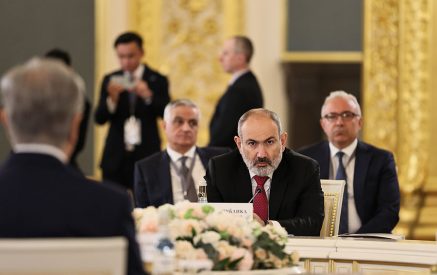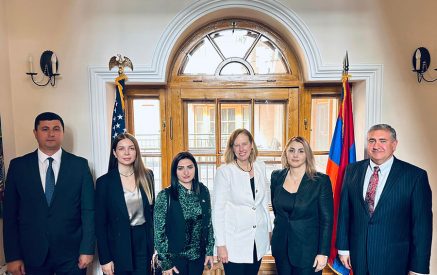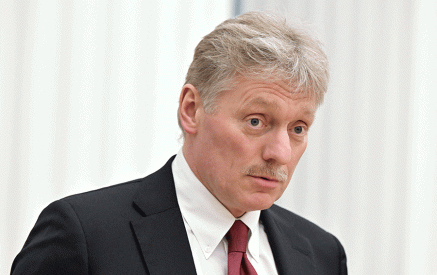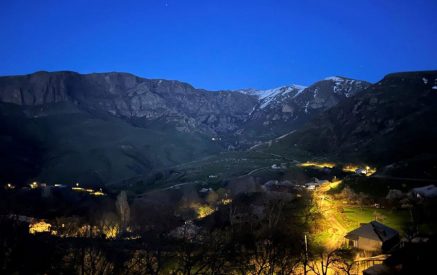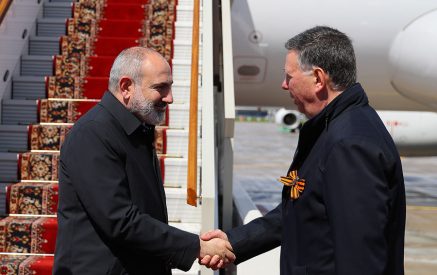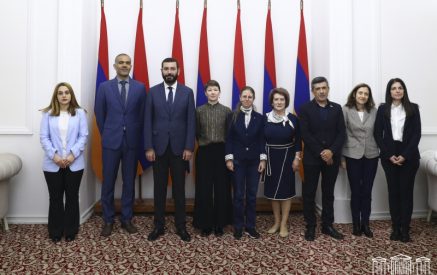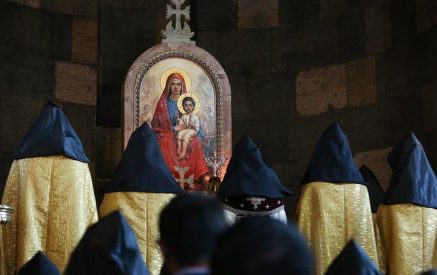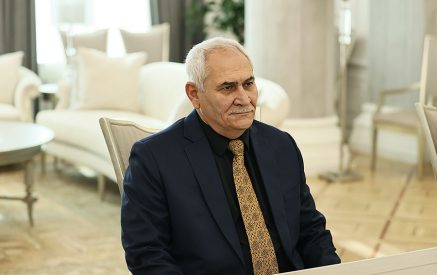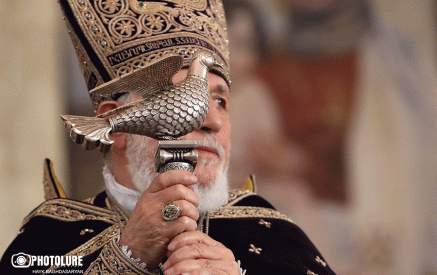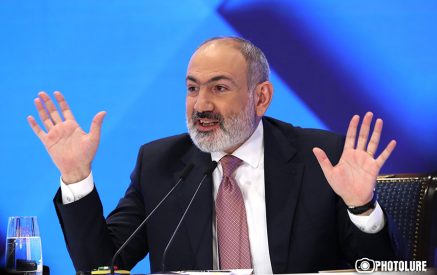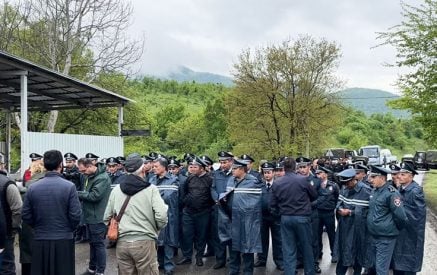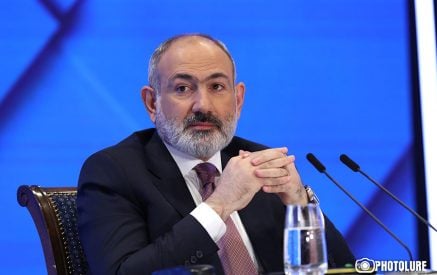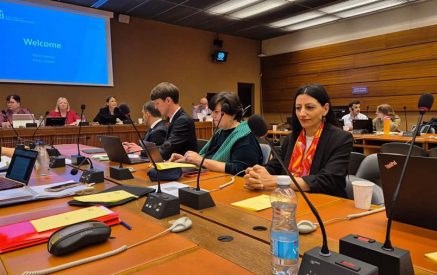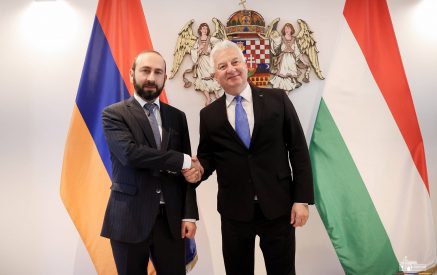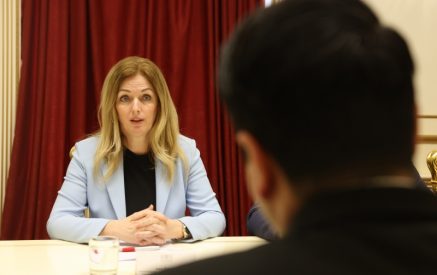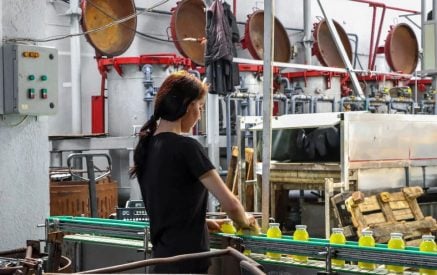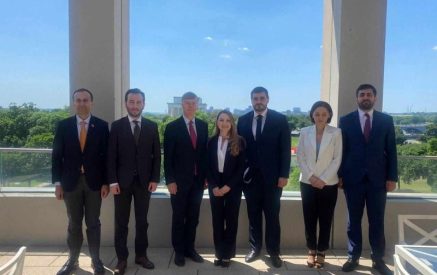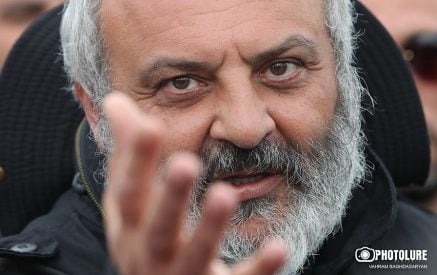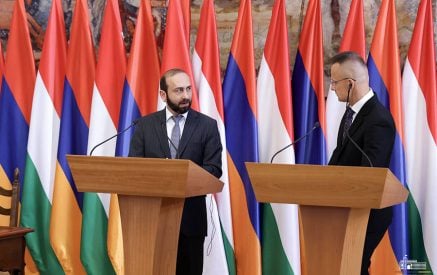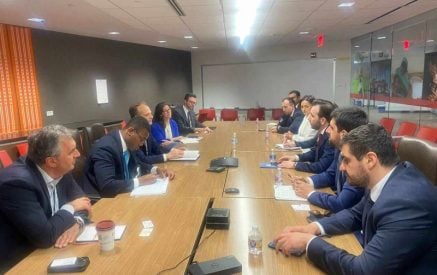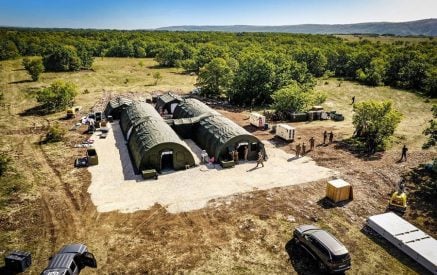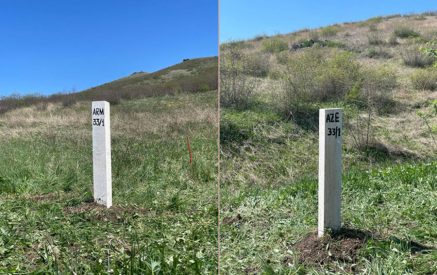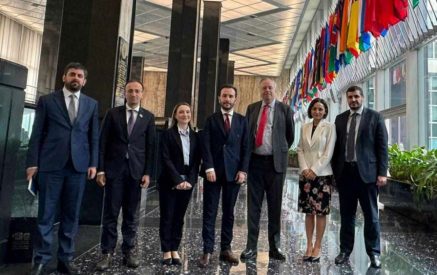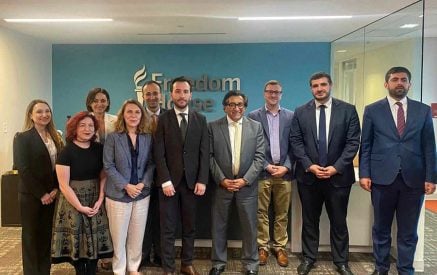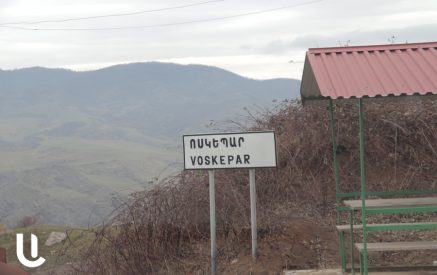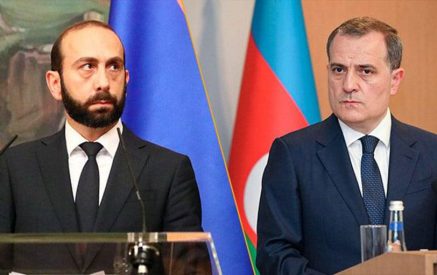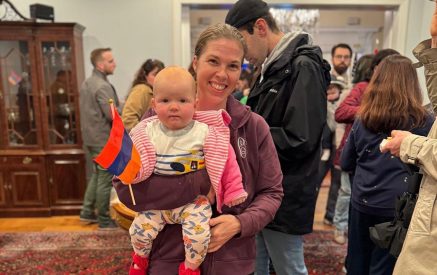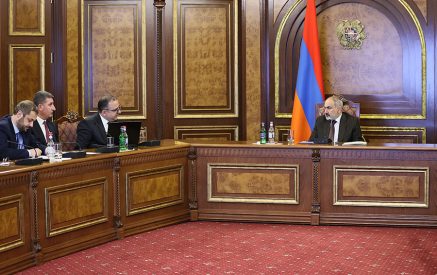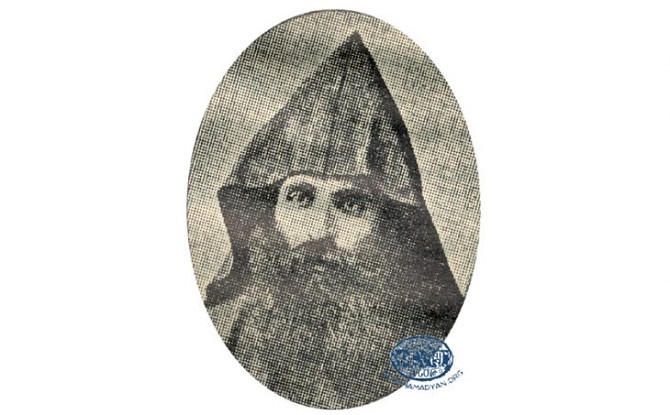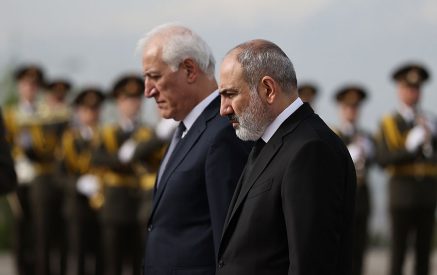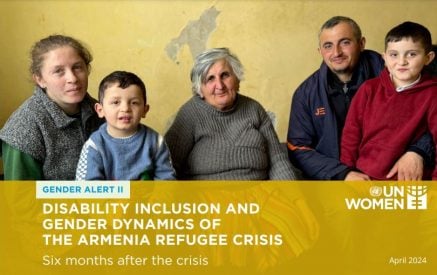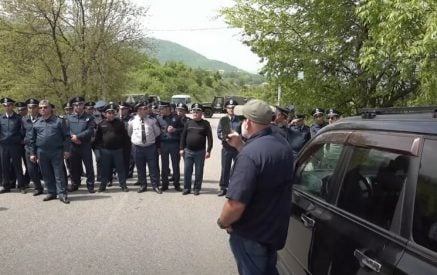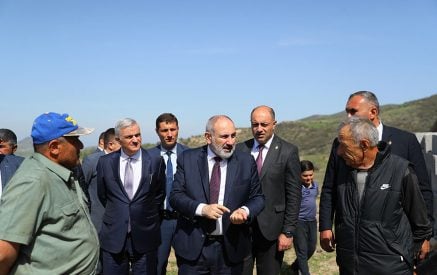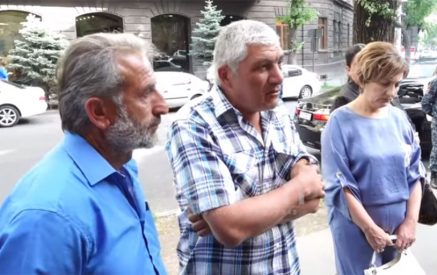By Archbishop Papken Tcharian
The series of articles, which will be presented to our readers, are written by Archbishop Papken Tcharian, and translated by Tamar Topjian Der-Ohannessian.
The book, “The Great Loss of the Armenian Clergy during the Armenian Genocide” was published in 2009, by the generous donation of Mr. and Mrs. Levon and Tamar Der-Ohannessian.
Read also
The articles which will be featured in the coming days, are from the doctoral thesis of Archbishop Tcharian, and it is dedicated to the 90th anniversary of the martyrs of the Armenian Genocide.
In his thesis, Tcharian writes, “The enemy, in his cruelty, ruthless and unjust, did not discriminate. He slaughtered the students of Maghakia Ormanian, Yeghishe Tourian and Mekhitar Sepasdatsi, the promising seminarians of Armash and St. Ghazar, who were the true intellectual clergymen, and who shared the fate of their people and their parishes.”
“The catastrophe of April 1915 was a fatal gash in the heart of the Armenian Apostolic Church. Despite of it all, however, the Armenian people and the Armenian Church experienced a new renaissance. … We do not hesitate to call all those clergymen who were massacred during the Genocide of April 1915 martyrs and saints.”
—————————————-
Among all the secular and religious citizens of Constantinople and the provinces, V. Rev. Fr. Sahag Odabashian was the first victim of the atrocities, to fall in the line of duty.
Born on June 25th 1875 in Sepasdia, he was a member of Armash Seminary. He was the brother of Rev. Fr. Teopilé, one of the pastors of the cathedral in Sepasdia, who, six months after the martyrdom of his brother, met with the same fate while on duty in Kanle Diré (Malatia).
- Rev. Fr. Sahag received his primary education in Aramian School in his hometown. Later, he embraced the religious vocation in St. Neshan Monastery and served as assistant to the prelate, Arch. Bedros Tahmezian, in Sepasdia.
In July of 1897 he was admitted to the seminary of Armash as a seminarian. He was ordained deacon in Pera on August 30th 1898 by Arch. Maghakia Ormanian.
After completing the curriculum of the seminary, he was ordained celibate priest in 1901 by one of his renowned teachers, Bishop Yeghishé Tourian, in the cathedral of Armash. His thesis was ‘Hay Peme Gam Hay Yegeghetsvo Karoztchagane’ (The Armenian Altar or the Message of the Armenian Church).
He returned to Constantinople as the personal secretary of the patriarch. He chose the teaching vocation and during 1901-1902 taught Armenian historiography and religion in the Getronagan School in Ghalatia and Nor Tebrots School in Pera.
He was well liked by the people of the region because of his expertise, ability, diligence and for his love of the school. He carried on his activities and worked relentlessly, persevering with selfless dedication and hard work.
He returned to his hometown, Sepasdia, and dedicated himself wholeheartedly to the Armenian religious and intellectual life.
As diocesan vicar of Sepasdia, he was in charge of the city’s National Aramian School during 1902-1905. He generated a lot of new zeal and enthusiasm. He also taught Armenian language, Armenian historiography, Armenian history and religion.
On the administrative level, he monitored and supervised the meetings of the national councils closely, ensuring their regular and fruitful output. Fortunately, during that time, the mayor of Sepasdia was the Albanian, Reshid Afif Pasha, probably the only open-minded and unbiased individual in the brutal Hamidian regime. V. Rev. Fr. Sahag managed to get permission from the pasha to start a Sunday-school seminar and allocated the spacious hall in the basement of the National Aramian School to that purpose.
He restructured the ‘Lousaper’ society and the Aghkadakhenam (a benevolent committee for the needy). Unfortunately, the appointment of V. Rev. Sahag did not last long, due to his feisty personality.
His two-year tenure in Sepasdia was short and encountered some opposition. However, it had a big and positive effect on the national life, due to the enthusiasm and ardor he generated around himself. Beginning in 1905 he assumed other diocesan positions also.
From October 1905 to July 1908 he was locum tenens in Amassia and Marzvan. From April to October 1905 he was also a member of the provincial council of Sepadia.
- Rev. Fr. Sahag received his doctoral degree (Dzayrakouyn Vartabed) on June 20, 1910, from Arch. Yeghishé Tourian in the Church of Beoyuk Deré.
From 1912 to some time at the end of 1914 he was the prelate of Broussa, when general war was breaking out, and the horizon was very bleak especially for the Armenians of Anadolou. Unpleasant incidents were taking place, which were harbingers of an imminent storm. The Turkish government was conscripting into the army and was very strict in implementing it. There was noticeable strain in the behavior of the government with the Armenian people and Armenians were not to be trusted any more.
Around the same time, Bishop Nerses Kharakhanian, the prelate of Mush sent the following report to the patriarchate on November 8th 1914:
The times are charged with danger. The people are ready to give up everything in return for the security of their lives. But who will provide the desired security? Will it be the government, which is itself the source of all the disruption and provocation?
… To provide volunteers, and to that end, the gubernatorial leadership has armed all kinds of thieves and hooligans. Recently, hordes of Kurdish volunteers were brought from Sassoun, Khouyt, etc., who have already been provoked against the Armenians, and the villages along the way have suffered great losses.
There are omens in Armenia that the government is looking for a pretext to subject the Armenians of the region to a great calamity, and faced with this tragic situation, we see no way out except divine intervention.
Therefore, it was necessary to encourage the people, to console and to inspire, and above all, to protect them.
Patriarch Zaven Yeghiayan gave the following testimonial:
It was against one’s conscience to leave the people without leadership in these horrendous conditions. This was an important issue. Immediately after assuming the patriarchate, I was preoccupied with the dioceses left without prelates; I wished for worthy clergymen to take up the important diocesan positions in the provinces. Especially when the plan for reforms was accepted, the need for linguistically and administratively proficient prelates for the provinces was noted. The Executive Council had barely begun undertaking measures in this area, when war broke out and it was even more important not to leave the people without leaders, especially in certain important provinces, which did not have prelates.
From among the dioceses of the inner provinces, only Sepasdia and Yerzenga remained without a pastor. No clergyman dared travel to Anatolia, because of the unsafe situation.
Bishop Knel Kalemkerian assumed the office of diocesan locum tenens of Sepasdia and immediately traveled there.
Yerzenga did not have a prelate and considering the importance of the issue, the Joint Assembly proposed the post to V. Rev. Fr. Krikoris Balarian, who had just returned from Germany. But he declined this very responsible job.
The same office was offered to V. Rev. Fr. Sahag Odabashian, who was the diocesan locum tenens in the diocese of Broussa and who had the reputation of an articulate and active clergyman.
Bishop Mesrob Naroyan has written about V. Rev. Fr. Sahag: “V. Rev. Fr. Sahag Odabashian, prelate of Broussa. An active and fearless pastor.”
Archbishop Maghakia Ormanian wrote the following about V. Rev. Fr. Sahag: “He was an astute and selfless officer for the provinces.”
To a personal letter from Patriarch Zaven Yeghiayan, V. Rev. Fr. Sahag replied with the following lines:
“Broussa, Dec. 25th 1913
Your Eminence,
I have received your personal letter of Dec. 21. To be able to give a definitive answer to your obsequious proposition, which is also very dear to my heart, please allow me to come to Constantinople for a few days, after finishing my obligations for the new year, and talk about the conditions whereby it would be possible for me to get away from here.
I can say from now that this diocese, with its 30,000 members, is in total shambles because there has been no serious work done here since Kevork IV Medzakordz, so it needs true and selfless attention.
I am totally grateful for your affection for me.
Please accept my most sincere and devoted feelings towards you,
Humbly Yours,
- Rev. Fr. Sahag Odabashian
- Rev. Fr. Sahag came to Constantinople and agreed to accept the position of prelate in the diocese of Yerzenga. He selflessly agreed to undertake the journey during the harsh wartime period, and on a Friday morning in December 1914, V. Rev. Fr. Sahag set out from the patriarchate of Constantinople on his way to Yerzenga. He stayed a few days in Sepasdia with his family, and then continued his journey towards his destination. This was the fateful moment stage. After leaving Sepasdia, in a place called ‘Tchoban Tekkesi’, beyond ‘Endereya Sousheher’, V. Rev. Fr. Sahag Odabashian was fatally shot in the carriage by the Cherkez, Djelal, the bodyguard of Muammer, and his cronies who were standing along the street. So, the elected prelate of Yerzenga did not reach his destination, and fell on the path of duty, along with the coachman, Zaratsi Arakel.
The body of the martyred priest remained in the carriage all through the night. The next day, news of his martyrdom reached Shabin-Karahissar and the local diocesan locum tenens, V. Rev. Fr. Vaghinag Torigian, immediately arrived at the site of the crime and buried the body with great honors in the nearby monastery of Adzbrer.
After the funeral, V. Rev. Fr. Vaghinag sent a detailed report to the patriarchate.
Bishop Knel Kalemkerian too wrote a report on this incident:
- Traffic on the route V. Rev. Fr. Odabashian took was totally and strictly forbidden. The gendarmes watched and accompanied every traveler.
- The first travelers passing through the site of the incident noticed the prints of European horseshoes, which were used only on the horses of government officials. This proves that while traffic was strictly forbidden, there were officials at the site of the tragedy.
- Djelal, Muammer’s servant, and his friend, Maher, were seen in Zara and its vicinity during the same time period.
- Muammer seemed to be taking judicial action, but in reality he was extremely indifferent towards the lawsuit and the injustice regarding the issue. The Armenians of Sepasdia heard about the martyrdom of the unfortunate priest and organized a clandestine Requiem service as a final token of their respect in the Cathedral of Sepasdia, amid the suppressed sobbing of the gathered parishioners. The elder brother of the priest, Rev. Fr. Teopilé Odabashian, along with their mother, was also present at the Requiem service of his brother who had fallen on the path of duty. Later, he was himself to be taken all the way to Kanle-Deré (Malatia) in shackles to be martyred,
- Rev. Fr. Sahag was a brave and daring hero from Armash, who, on the eve of terror, left the diocese of Broussa, and took upon himself the more demanding and responsible job of prelate of Sepasdia. He wanted to be with the people, to help them in their needs, and to share their fate. He became the first victim.
According to Teotig, the bullet-riddled body of the martyred priest “was buried on the premises of St. Kevork (George) Church in the village of Aghvanis, on January 1st 1915, preceding the Golgotha of all his fellow priests.”
We read the following lines in the 1922 issue of ‘Haygashen’ yearbook under the heading of “The Murder of V. Rev. Fr. Sahag Odabashian”:
- Rev. Fr. Odabashian was one of the first victims of the Genocide, whose murder can be regarded as evidence confirming that the Turkish government had premeditated and organized the massacre and extermination of the Armenians.
The sad news of the execution of the first martyred clergyman deeply distressed Archbishop Zaven Yeghiayan, the patriarch of Constantinople. He sent a letter of protest to the government on December 23rd 1914, but did not receive any reply. He sent the letter of protest a second time, and again received no answer.
I would like to present here a part of the report, which the patriarchate sent to the Ministry of Justice and Religion, on January 22nd 1915:
- Rev. Fr. Odabashian, the diocesan vicar of Yerzenga, left Shabin-Karahissar on Dec. 18th on his way to his diocese and was killed tragically on the road that passes through the villages of Tchobanle, Kanle-Tash, Tumker and Gayee in Sou Shehir. Money and other objects on his person were left intact, but the inner pocket of his jacket was cut open and his diary removed. Medical reports confirm that the crime was committed by Mauser and Marten rifles. The murderers, 6 horsemen, had been following the priest from Zara. They were seen in the village of Todourag. The next day they had passed through Zara. It is evident therefore, that the crime was premeditated. The fact that money and other objects were left intact and only his diary was taken proves that the crime was not the act of thieves, but had political motivation.
In a report sent from Sepasdia to Constantinople the following testimony was given:
On December 7th 1914, Bishop Knel Kalemkerian and V. Rev. Fr. Sahag Odabashian arrived in Sepasdia from Constantinople, the former as the prelate of Sepasdia, and the latter as that of Yerzenga.
- Rev. Fr. Sahag gave a sermon in his hometown (Sepasdia) which was to be his last. After five days he left for Yerzenga. On the evening of Thursday, December 18th on the road near Sou Shehir, not too far from the monastery of Ezbeder, the horses drawing the carriage were suddenly killed, followed by the coachman, the brave Zaratsi Arakel. Finally, the priest was fatally shot in seven places.
Patriarch Zaven Yeghiayan celebrated Holy Mass in the cathedral and gave an inspiring and moving eulogy in the presence of the members of the national representatives, Executive Council members and other official bodies. After Mass, the patriarch received condolences in the formal reception hall of the patriarchate.
Patriarch Zaven Yeghiayan attested that after some time it became evident that Muammer Bey or the central government had suspected that V. Rev. Fr. Sahag was going to Yerzenga, near the Russian border, with specific instructions.
… Naturally they wanted to use this as a weapon against the patriarchate and the nation. They killed him for this specific reason, and took his pocket diary and papers without touching his personal belongings and his money.
Therefore, it was clear and obvious that the killing of V. Rev. Fr. Sahag was a warning that the Ittihad wanted revenge at all costs.
Teotig has made the same statement in his testimony saying:
The crime was not the result of robbery, because the murderers had taken nothing from the victim’s money or belongings (which were later given to the priest’s mother, living in Sepasdia), but had simply slashed the inner pocket containing his diary and papers. Inspection of his garments taken to Sepasdia showed seven large bullet holes on the front and side of the fur coat he was wearing.
… Immediately after the terrible crime and until late night, travel was forbidden to the general public. Lieutenant Jelal, the bodyguard of Muammer, and the ruthless Maher had been seen in the area the same day. The mudir (chief) of the village of Aghvanis, (unaware of the machinations) had the killers pursued and succeeded in finding their trail, but Muammer warned him not to overstep his authority. Thus, it was instructions from the headquarters which were carried out on a cherished clergyman, hoping to find secret documents in his pockets. It was the diabolical conviction of the Ittihad that the patriarchate of Constantinople was sending clergymen to the provinces, under the guise of ‘prelates’, in order to start a revolution.
We read the following in ‘Haygashen’ yearbook on the same subject:
The gubernatorial leadership of Muammer did nothing to expose the criminals and to bring them to justice. Was that necessary, when he was the chief perpetrator?
It adds as conclusion:
The Turkish government organized the deportation of the Armenians not as self-defense against the Armenians, or to curb or punish an Armenian uprising, but to try and accomplish the premeditated plan to exterminate the Armenians.
***
Father Sahag was also a writer. During the very short period of his activity, he never stopped writing. Here is a brief list of his writings:
- ‘Hay Yegeghetsvo Karozitchnere’ (The Preachers of the Armenian Church). His thesis.
- ‘Hin Oreré Menatsortner’ (Remnants from the Old Days), written in 1914, on the occasion of the 25th Anniversary of the Seminary of Armash.
- ‘Dzenounti Khoher’ (Thoughts on Christmas). An article.
- Translation from French of N. Daghavarian’s book, ‘The Universe and its Formation.’
- ‘Hin Orer, Nor Orer’ (Old Days, New Days). An article.
- ‘Krisdonian Vedanki Tem’ (The Christian Vis a Vis Danger). A sermon.
He had other articles in Piuzantion, Sourhantag and Puragn.

